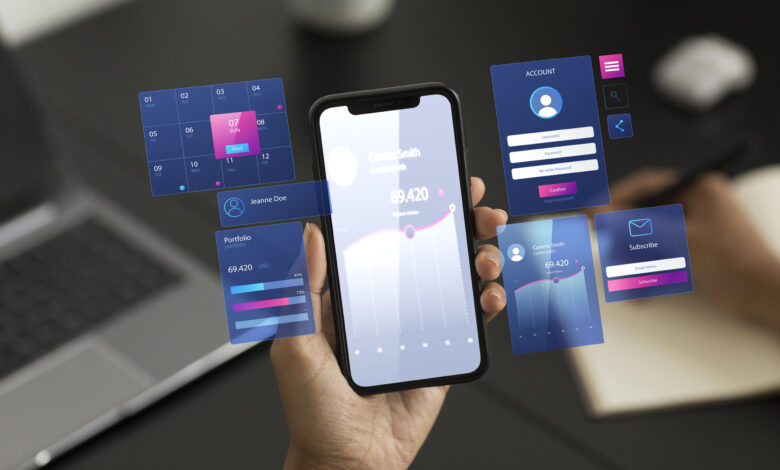Video Editing Software: Types, Features & Selection Guide

Are you confused by all the video editing apps on the web? Do all these programs look the same to you? No worries — you are not alone. In this post, we will guide you and shed some light on the most important things to think about when picking a video editor. So keep reading and keep the key features on your radar.
Types of Video Editors
Let’s start with the basics. Not all software editing programs are made the same as there are different types of video editors. Video editing software can be classified based on how the editing process is structured, be it a free video editor no watermark or a paid editing software.
1. Linear Video Editing (LVE)
Linear editing involves editing footage in a sequential manner. It was primarily used in the early days of video editing with analog tape systems, where clips had to be placed in order on physical tape.
Key features:
- Edits must be made in a linear order (from beginning to end);
- Difficult to make changes without re-editing the whole sequence;
- Often used for live TV broadcasting;
- Rarely used today in digital editing but still relevant for educational purposes or very specific live-use cases.
2. Non-Linear Video Editing (NLE)
Non-linear editing allows users to access any part of a video clip at any time without following a sequential order. This type is used in most modern editing systems today.
Key features:
- Clips can be rearranged freely, regardless of their original sequence;
- Allows real-time preview and editing of clips;
- You can add effects, transitions, and layers non-destructively (without altering the original footage).
3. Layer-Based Editing
Layer-based editing is the more traditional approach, where different elements (videos, effects, graphics) are stacked on top of each other in a layered fashion. Each layer interacts with the layers above or below it.
Key features:
- Elements are organized in layers, with each layer being affected by the ones above or below.
- The top layer appears on top of all others, and each subsequent layer interacts with the ones beneath it.
- Layers can be blended together using different modes (e.g., overlay, multiply) to achieve various effects.
4. Node-Based Editing
Node-based editing uses a system where each element (video, effect, mask, etc.) is represented as a node in a flowchart-like structure. Nodes are connected to define how the data flows from one element to another.
Key features:
- Instead of layers, the structure is represented by nodes that are connected to define their relationships.
- Editing is more flexible as each node can represent an element or effect, and you can branch off or join nodes at any point.
- Nodes can be combined and rearranged in many ways, offering much greater control and flexibility.
- Nodes allow you to view how a specific effect or transformation affects the project at various stages of the workflow.
Choosing The Best Video Editing Software for You
To ensure the best video editing experience, we strongly recommend that you keep an eye on the following features of video editing software:
- Experience — Be honest about your past video editing experience and personal software needs. Pick the program accordingly;
- Budget — Decide how much you are ready to spend on video editing software. Prices are generally determined by the number of features and their complexity. Most programs provide free versions with basic capabilities, such as cutting, trimming, and adding background music.
- Functionality — Consider your prior work to get an understanding of your needs for a video editor. Have you got little or no experience? To learn about fundamental tools and features, it is better to use a free and user-friendly video editor. More advanced programs provide different filters, GPU acceleration, comprehensive color grading, and AI-based editing.
- Compatibility — Check to see whether your PC or mobile device is compatible with the video program you select. Don’t forget to verify an app’s compatibility with your Windows version; for example, some programs may fail to operate on XP or Vista.
Ready to Make Your Video Stand Out?
It is the right time to produce outstanding video content for your audience. And you do not need massive experience for that. Just pick video editing software that works for you. This is where the above selection criteria should be on your radar when you check free video editors.








